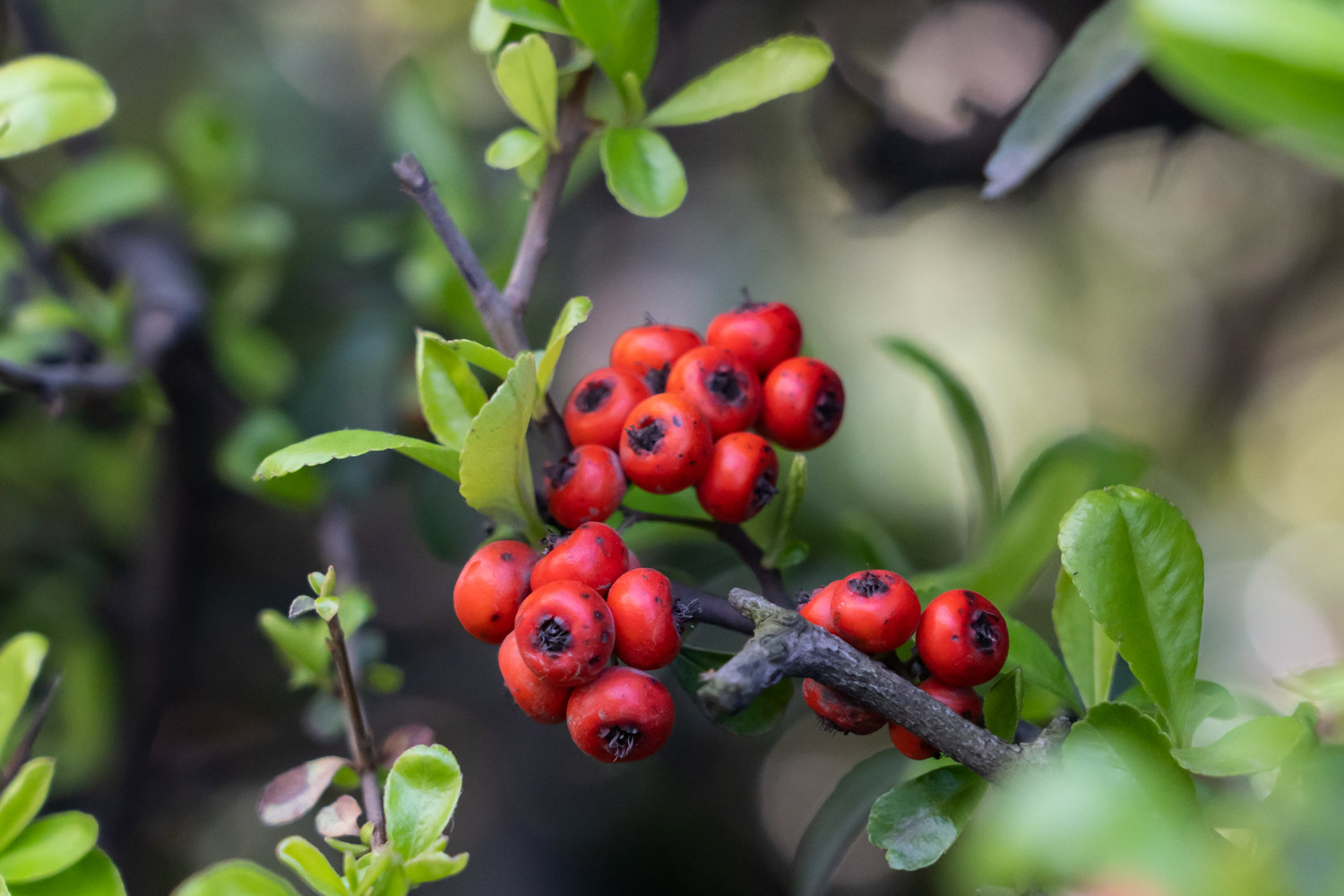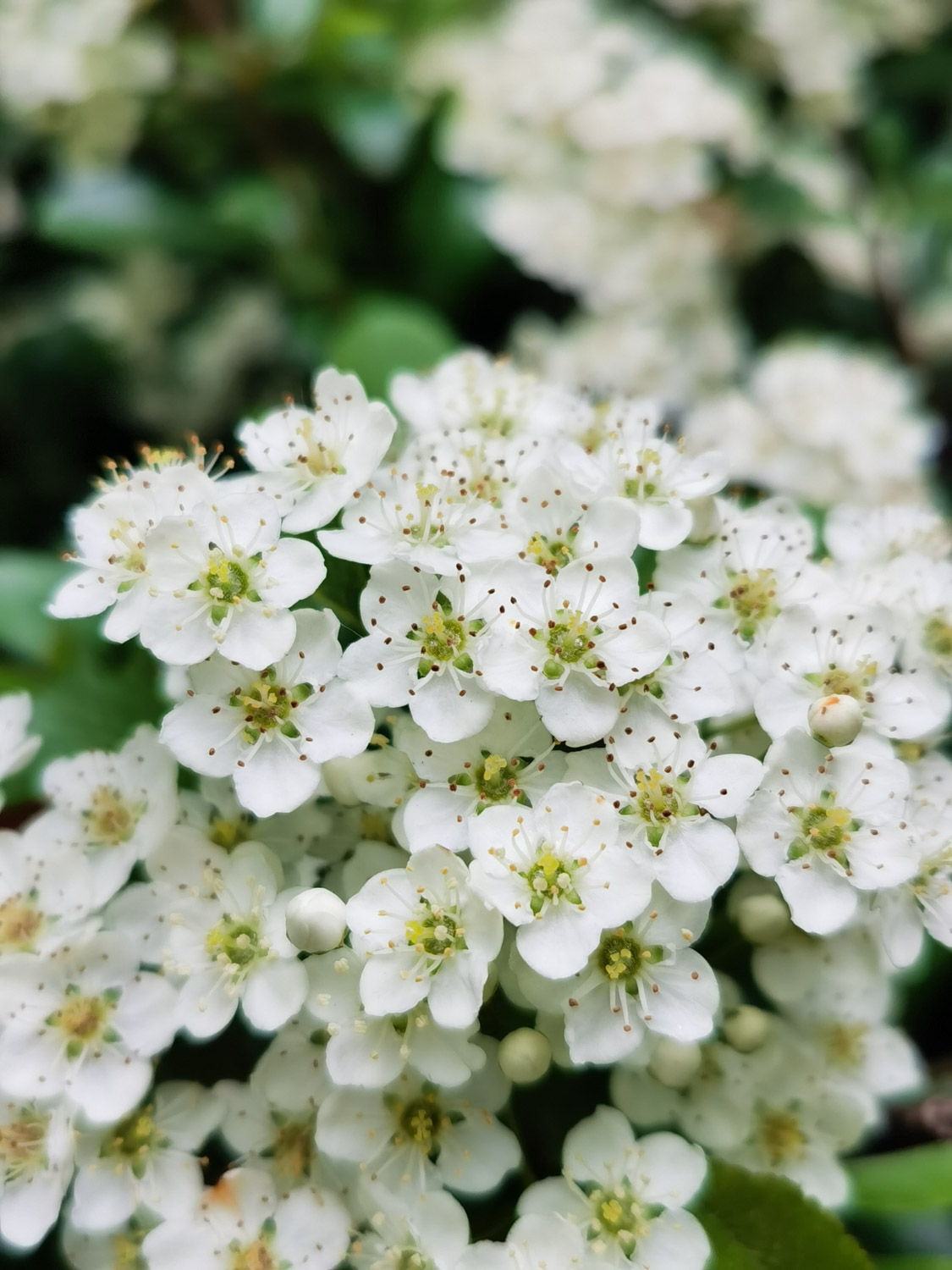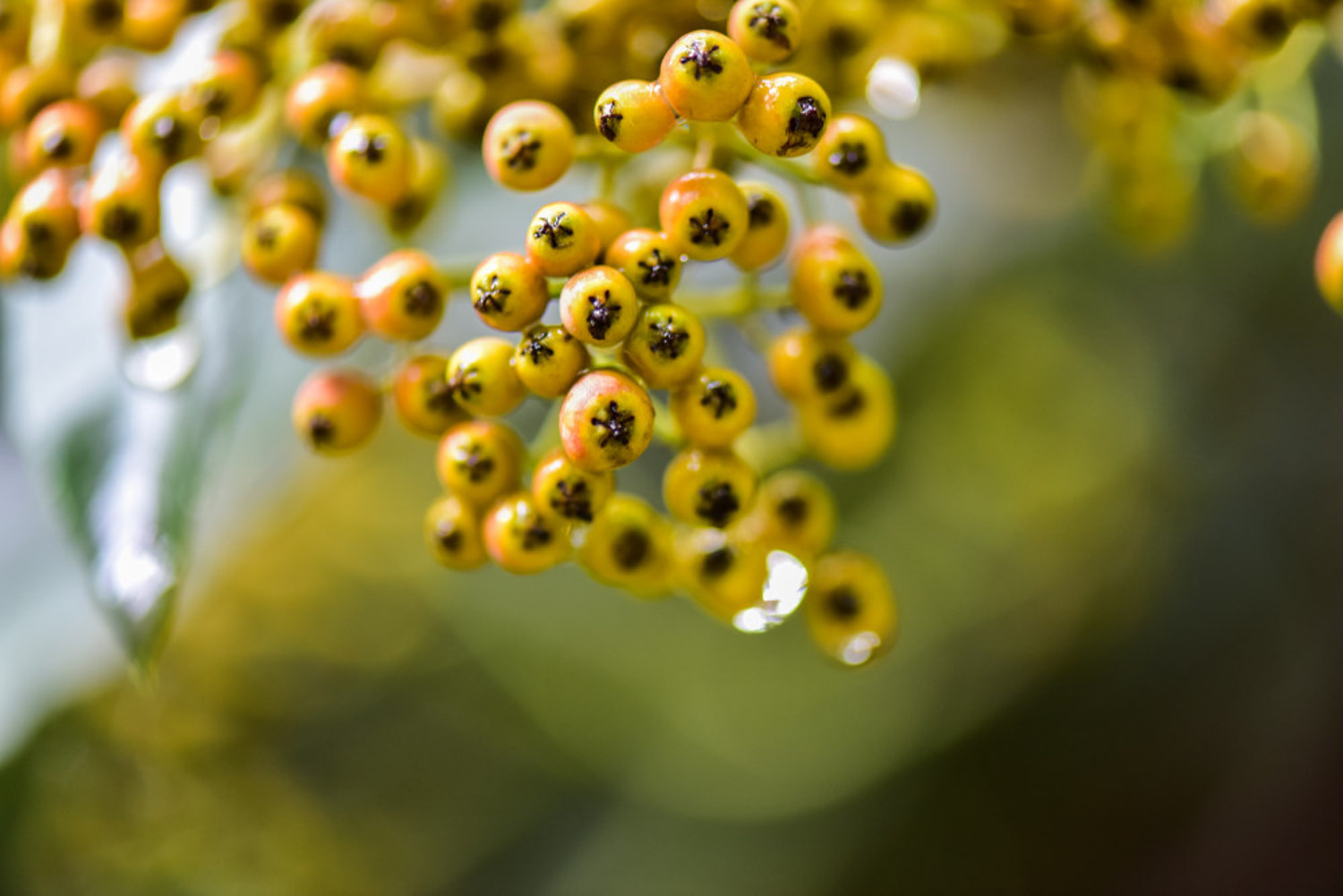1、 Breeding environment
1. Soil: Pyracantha does not have high requirements for soil. In order to make it grow better, it is best to use slightly acidic soil with loose texture and organic matter
2. Watering: it needs sufficient water during its growth stage and should be watered in time. It is very drought resistant and should not be watered too much. It should be drained in time in the rainy season to avoid falling flowers due to ponding. It will enter a dormant state in winter and should be watered before dormancy
3. Light: Pyracantha is exposed to sunlight, so let it receive sufficient light, especially in autumn. Sufficient light can promote the formation of flower buds
4. Fertilization: fertilization should be carried out properly. Generally, fertilization should be applied once every 15-30 days. Fertilization can also be increased in autumn. Generally, fertilization should be applied once every 10-20 days. The fertilizer should be mainly phosphorus and potassium fertilizer and less inorganic fertilizer

2、 Breeding method
Cutting propagation: generally, it can be carried out from November to march of the second year. Cut 12-15cm long branches, and the strong branches are easier to survive. Insert them into the soil, expose the surface for about 2-5cm, and then compact them with soil

3、 Common diseases and insect pests
1. Pyracantha is prone to powdery mildew, which will harm leaves and twigs. It is easy to be infringed if there is insufficient light and poor ventilation for a long time. After discovery, it should be sprayed with Bordeaux liquid in time
2. It is also easy to be damaged by scale insects and aphids. When there are few pests, it can be caught manually. When the pests are serious, it should be sprayed with medicine


 how many times do yo...
how many times do yo... how many planted tre...
how many planted tre... how many pine trees ...
how many pine trees ... how many pecan trees...
how many pecan trees... how many plants comp...
how many plants comp... how many plants can ...
how many plants can ... how many plants and ...
how many plants and ... how many pepper plan...
how many pepper plan...





























